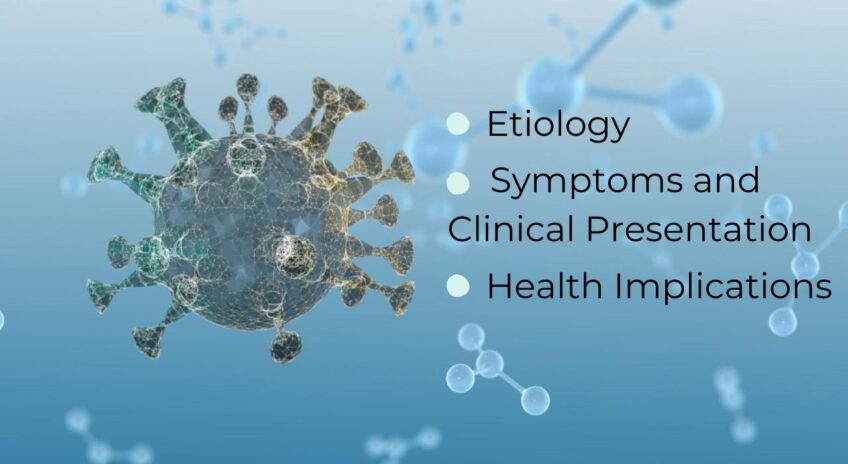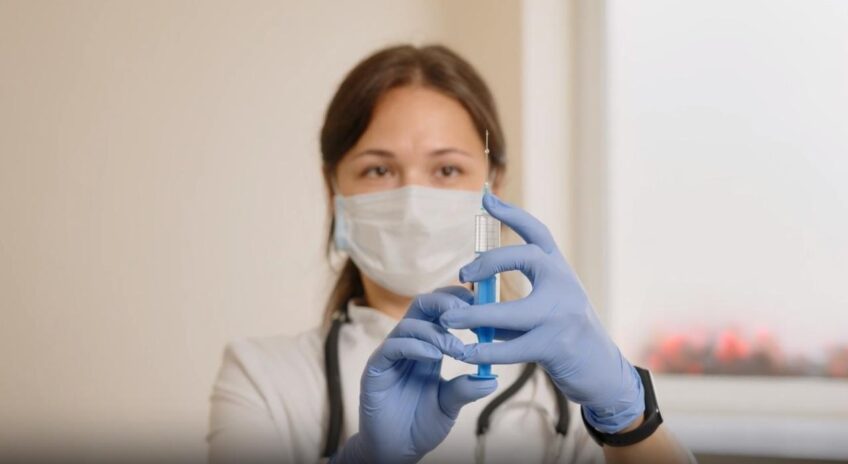Hey there reader! It’s time to get serious and talk about two common STIs that you’ve certainly heard of: HPV and herpes. It’s essential to understand the differences between them, not just because knowledge is power, but because it can help you make informed decisions about your health.
So, let’s jump right in!
1. HPV (Human Papillomavirus)
HPV, or Human papillomavirus, is the most common sexually transmitted infection (STI) in the United States. In fact, in 2018 alone, there were about 43 million infections, with many of these cases occurring among people in their late teens and early 20s. Now HPV is not the same as HIV or HSV (herpes). They’re all different viruses with distinct characteristics.
You might be wondering, “How do people even get HPV?” Well, it’s transmitted through intimate skin-to-skin contact. This means you can get it from vaginal, anal, or oral sex with someone who has the virus. And guess what? Even if someone doesn’t show any signs or symptoms, they can still pass on the infection.
Role in Cervical Cancer
Now, here’s where things get a bit serious. While many types of HPV exist, some can lead to health problems like genital warts and even cancers. For instance, HPV can cause cervical cancer and other cancers, including those of the vulva, vagina, penis, anus, and even the back of the throat (oropharyngeal cancer). It’s essential to note that cancer often takes years, sometimes even decades, to develop after someone gets HPV.
There are many different strains of HPV. Some can cause health issues like genital warts, while others can lead to cancers.
2. Herpes
Herpes is caused by two types of viruses: HSV-1 (usually causing oral herpes) and HSV-2 (usually causing genital herpes). Unlike HPV, herpes is characterized by outbreaks of sores, which can recur over time.
HSV-1 typically leads to cold sores around the mouth, while HSV-2 results in genital sores. However, it’s worth noting that both types can cause sores in either location, depending on where the virus was contracted.
Herpes is also a common STI, and it’s transmitted through intimate contact. This includes kissing for oral herpes and sexual activities for genital herpes. And just like with HPV, even if there are no visible sores, the virus can still be transmitted.
Symptoms
For herpes, the primary symptom is the presence of painful sores, either around the mouth or the genital area. These sores can come and go, leading to recurrent outbreaks. The frequency and severity of these outbreaks can vary from person to person.
Key Differences

Etiology
Both HPV and herpes are caused by viruses, but they’re from different families. HPV stands for Human Papillomavirus, and there are many strains of it.
On the other hand, herpes is caused by two main types: HSV-1 and HSV-2. While they’re both STIs, they’re not related in any way, kind of like how a tomato and a strawberry are both fruits but are entirely different in taste and texture.
Symptoms and Clinical Presentation
HPV can be a bit of a silent intruder. Many people with HPV don’t even know they have it unless they develop complications like genital warts or receive an abnormal Pap test result.
Herpes, however, is a bit more vocal. It often presents as painful sores, either around the mouth or the genital area.
Health Implications
Both HPV and herpes come with their set of health concerns. Persistent HPV infections can lead to cancers, with the most notable being cervical cancer.
Herpes, while not directly causing cancer, can be painful and can lead to other complications if not managed. Remember, early detection can make a world of difference.
Prevention and Vaccination

Here’s some good news: there’s a vaccine for HPV! It’s recommended for both boys and girls and can protect against the most harmful strains of the virus.
As for herpes, there’s currently no vaccine available. But don’t fret! Practicing safe sex and being in a mutually monogamous relationship can significantly reduce the risk of transmission.
FAQ
What Are the Most Common STIs?
The most common STIs are Human Papillomavirus (HPV), chlamydia, gonorrhea, and herpes simplex virus (HSV). Each has distinct symptoms, transmission methods, and treatments. Regular screenings and safe sexual practices are essential for prevention.
Are There Any Other STIs That Are Commonly Confused With HPV and Herpes?
Yes, other STIs like chlamydia, gonorrhea, and syphilis can sometimes be confused with HPV and herpes due to overlapping symptoms, but each has distinct characteristics and treatments.
Can Someone Be Infected with Both?
Absolutely. It’s possible to contract multiple STIs, including both HPV and herpes, especially if one engages in unprotected sex with multiple partners or with a partner who has multiple infections.
How Often Should One Get Screened for These STIs?
It’s recommended to have regular screenings, especially if sexually active with multiple partners. For HPV, women aged 21-65 should have routine cervical cancer screenings. For herpes, consult with a healthcare provider for guidance.
Are There Any Potential Side Effects of The HPV Vaccine?
Like all vaccines, the HPV vaccine can have side effects, but they’re generally mild, like pain at the injection site, fever, or headache. Serious side effects are rare.
If Someone Has Had An HPV Or Herpes Outbreak Once, Does It Mean They Will Have More in The Future?
For herpes, once contracted, the virus remains in the body, and outbreaks can recur. For HPV, the body often clears the virus on its own, but certain strains can cause recurrent symptoms.
Conclusion
Alright, my friend, we’ve journeyed through the world of HPV and herpes, and I hope you feel more informed.
The key takeaways? Both are common STIs with distinct characteristics. HPV has a vaccine, while herpes doesn’t. Regular testing, vaccination (where available), and open communication with your healthcare providers and partners are your best allies in navigating these waters.
Stay informed, stay safe, and always prioritize your well-being. Cheers to a healthier you!

